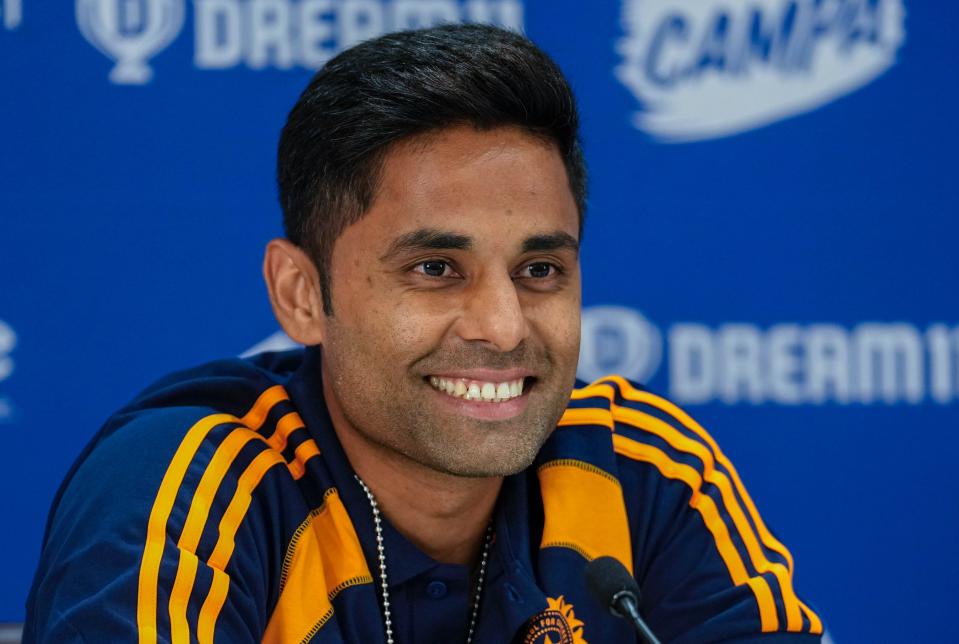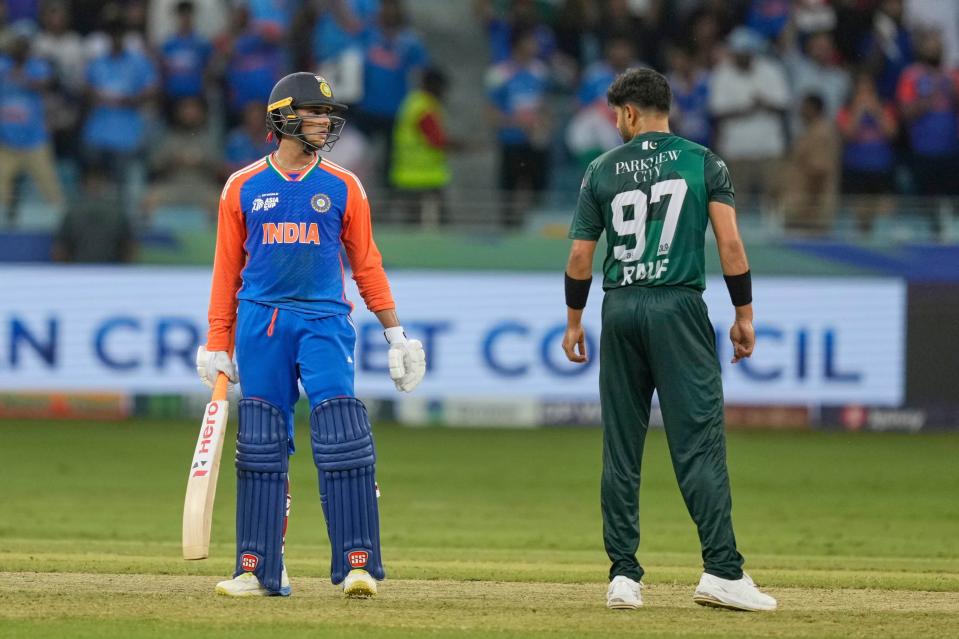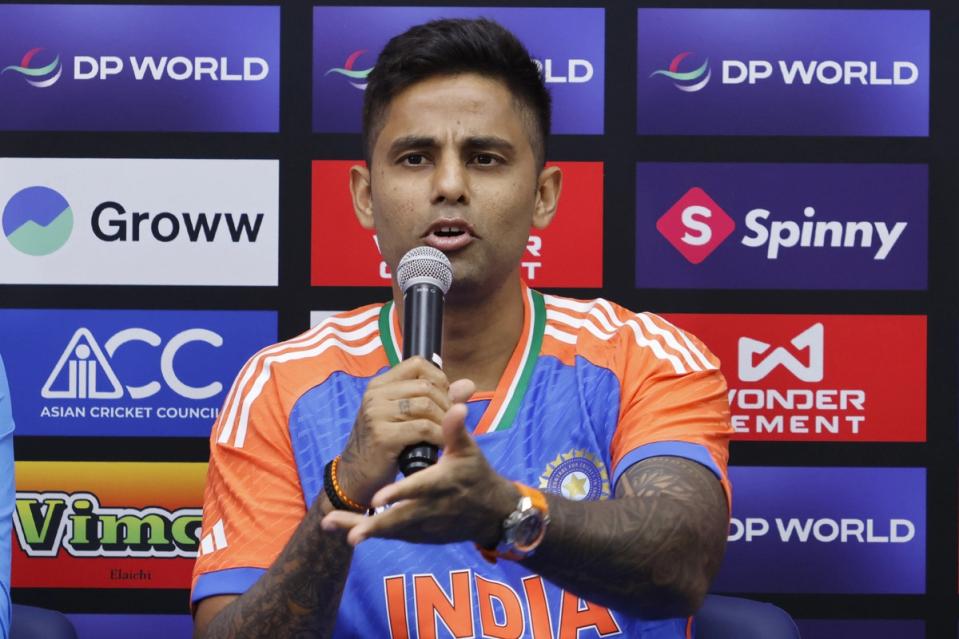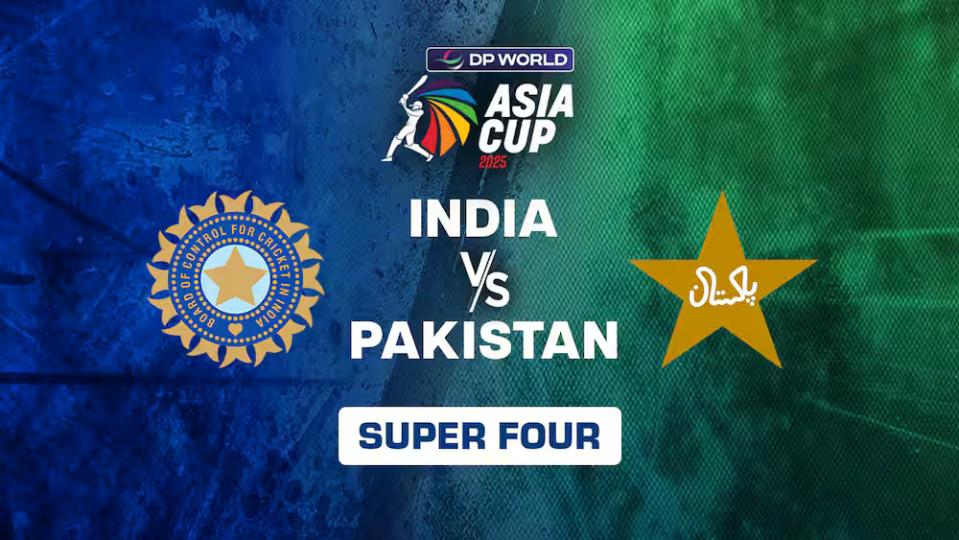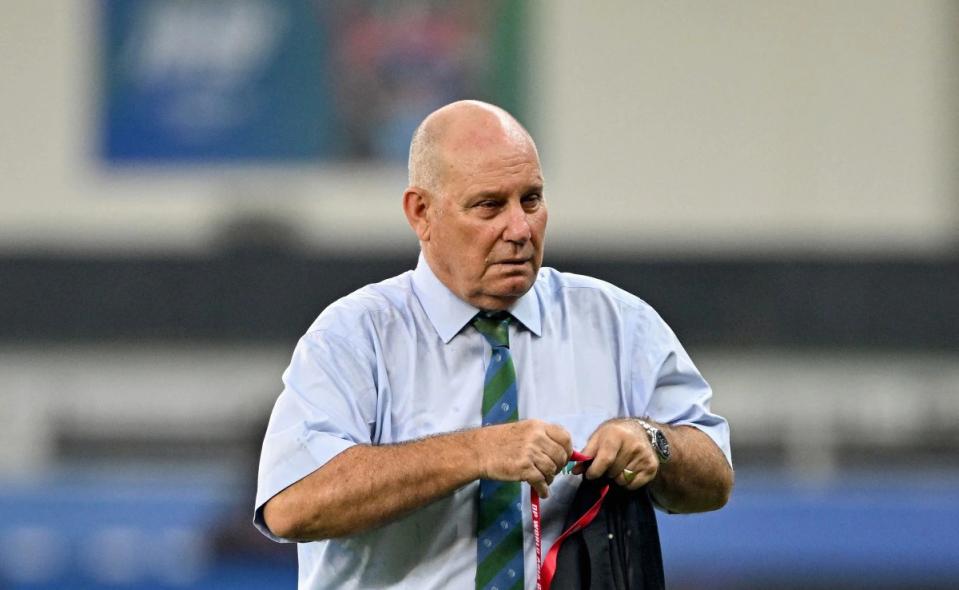Royals finally play their two leggiesRight-arm legspinners have a better average and economy rate than any other type of bowler this IPL. Royals have two in-form right-arm legspinners. You would think the math would be simple. Play them both and build a strong bowling unit around them. Yet, Royals waited for their last game of the season to play Shreyas Gopal and Ish Sodhi together. They had alternated them through the tournament, despite their Indian pace bowlers struggling.
When those two finally got a go together, they absolutely strangled Royal Challengers Bangalore, taking five wickets for 47 runs from eight overs, and delivered a win that could get Royals into the playoffs - they still need other results to go their way. If Royals don't end up making it, they will be left ruing not attacking with the Sodhi-Gopal duo earlier in the tournament.
How does this result affect the table?
A 30-run win means Royals' net run rate jumps to -0.250, which is still some way behind Kolkata Knight Riders' -0.091. Kolkata Knight Riders need to lose by a big margin to Sunrisers Hyderabad (for example, by over 50 runs chasing 180) for Royals to go ahead of them. So, Royals' best chance of qualifying is if Mumbai Indians lose to Delhi Daredevils on Sunday, which will keep them on 12 points. The good news for Royals is that this result makes it extremely difficult for Kings XI to qualify. Their net run rate is -0.490, so they need to win by a massive margin (for example, 53 runs after scoring 180) to leapfrog Royals.
Archer experiment denies Samson time
The risk of sending a pinch-hitter to open is not that he gets out early but that he struggles for form and ends up wasting valuable balls. Jofra Archer's 0 off four balls meant Royals effectively started their innings in the third over, with Rahul Tripathi on 2 off six when Archer was dismissed.
The other drawback of Archer opening was that Sanju Samson, Royals' best batsman after Jos Buttler, was going to come in at No. 4, behind the captain Ajinkya Rahane. Samson is the one player in the Royals line-up who has shown potential to get a really big score. He also has a much better Smart Strike Rate than Rahane or Tripathi, so Royals could have tried to give him as many deliveries to face as possible.
The shuffling of the batting order was a surprise because Royals had already been shown the value of having their best player at the top - when Buttler made five consecutive fifties after being promoted to open the innings.
Slow Rahane hurts RR
After the Archer experiment failed, Rahane backed himself to play the anchor role at No. 3. But a strike rate of 106.45 in a 31-ball innings meant that the Royals innings never gathered momentum. Rahane has not only been the slowest scorer this IPL of all batsmen who have faced 250 or more balls, but he has been significantly slower than the next slowest, Suresh Raina. His Smart Strike Rate is just 101.52, compared to Raina's 121.29. This means he has cost his team 48 runs this season, more than any other batsman.
Rahane may have been concerned that the Royals batting line-up was not long enough, but they had K Gowtham, who has a Smart SR of 281.15, only coming in for the last six balls of the innings. If they do make it to the playoffs, Royals may want to rethink their batting strategy and try to give Samson more time to build an innings and Gowtham more time to explode at the death.
Talking Points: Royals keep their best batsman in the dugout - ESPNcricinfo.com
ESPNcricinfo.com Talking Points: Royals keep their best batsman in the dugout ESPNcricinfo.com Archer experiment denies Samson time. The risk of sending a pinch-hitter to open is not that he gets out early but that he struggles for form and ends up wastin
Created - 7 years ago

Featured Video
